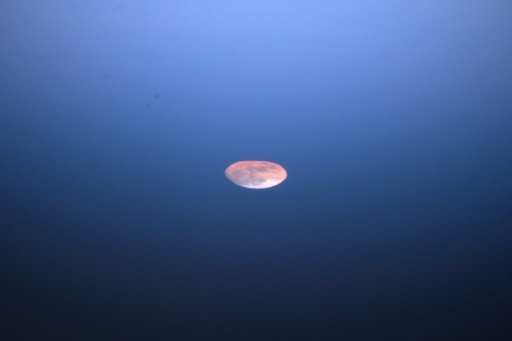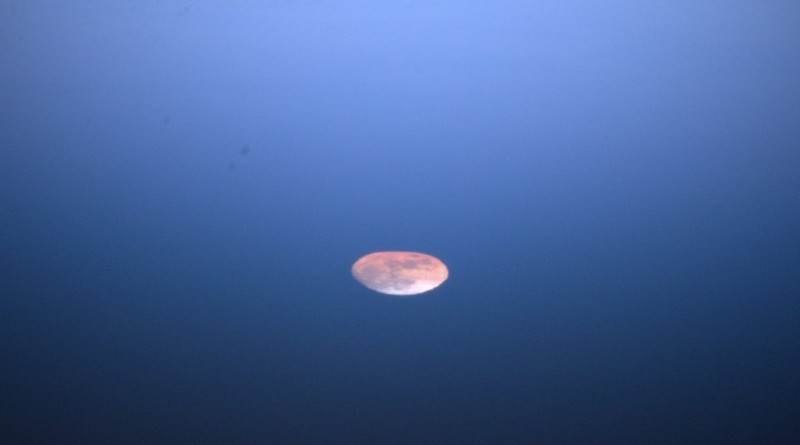ISS Operations Update – January 8, 2016

Experiments:
Integrated Resistance and Aerobic Training Study (Sprint) [This study evaluates a high-intensity, low-volume exercise protocol to minimize the loss of muscle, bone and cardiovascular function but also minimizing the time spent with daily exercise. To asses the protocol, crew members conduct regular measurements of VO2max, heart rate (HR) response to submaximal exercise and ventilatory threshold. Monthly ultrasounds of the thigh and calf are used to evaluate spaceflight-induced changes in the muscle volume. Post-flight data on muscle and bone mass is compared to pre-flight measurements and to data from control subjects that use the regular exercise protocol.]
Fluid Shifts Ultrasounds [Fluid Shifts Before, During and After Prolonged Space Flight and Their Association with Intracranial Pressure and Visual Impairment. Known as the Fluids Shift study, this experiment is one of the most complex integrated experiments ever performed on ISS using pieces of US and Russian hardware to attempt to quantify the amount of fluid shifting from the lower body to the upper body when transitioning from a gravity to a microgravity environment. This will also lead to an understanding of effects of the fluid shift on fluid pressure in the head, changes to vision and eye structure. Effects on the eye caused by elevated intracranial pressure include globe flattening, choroidal folds, and alteration of the optic nerve.]
Biological Rhythms 48 Hours [The BLR48 and Circadian Rhythms Study will examine the role of synchronized circadian rhythms and possible maintenance during long-duration spaceflight and addresses the impacts to crew members’ health and wellbeing. Understanding how the dark/light cycle and sleep shifting affects circadian rhythms and with that the performance of the crew members will enable scientists to develop new sleep shifting techniques for crew members in space and shift workers on Earth.]
Reaction Self Test [The Reaction Self Test is one of the oldest studies ongoing aboard ISS, consisting of morning and evening sessions with a computer-based vigilance test performed prior to, during and after flight at different frequencies as required by the study. The sessions consist of short five-minute tests that provide an objective feedback of a crew member’s vigilance and allows an assessment of performance capability. Test sessions are also performed around sleep shifts and periods of particular tasks such as visiting vehicle support and EVAs.]
Journals [Electronic journals will be kept by the crew members to allow psychologists to study behavioral issues that are associated with the isolation and confinement over long-duration space missions. Journals from 6-month ISS mission have amounted to a total of 1,100 written pages, but no data beyond those six months is available making this an interesting opportunity to study the impact of isolation in the confinements of ISS over a longer period.]
VEG-01 Investigation – Plant Photography [VEGGIE or Veg-01 is a deployable plant growth unit to be set up on the Space Station to demonstrate the feasibility of a space garden. The experiment facility provides lighting and nutrient supply and is capable of supporting a variety of plant species that can be cultivated for educational outreach, fresh food and even recreation for crewmembers on long-duration missions. Thermal control is provided from ISS in-cabin systems and the carbon dioxide source is the ambient air aboard ISS.]
BAR Experiment Operations [The BAR suite of science instruments is used aboard ISS to perform problem area monitoring inside the Russian Segment in order to extend the Station’s orbital lifetime. KPT-2 includes temperature, humidity and acoustic measurements.]
Otklik Experiment Hardware Check [Otklik uses several piezoelectric sensors to track the impacts of small particles and debris on the exterior of the International Space Station to monitor the abundance of debris events and a series of other characteristics. These measurements provide valuable data for the construction of future spacecraft]
KPT-10 – Kulonovskiy Kristall Hardware Setup & Experiment Ops [The KPT-10 telescience study examines “dynamic and structural characteristics of the Coulomb systems formed by charged dispersed diamagnetic macroparticles in a magnetic field (trap), investigating the following processes onboard the ISS RS (Russian Segment): condensed dust media, Coulomb crystals, and formation of Coulomb liquids due to charged macroparticles,” the NASA experiment overview notes.]
Maintenance/Systems:
Nominal Inspections/Servicing Tasks (Morning Inspection, Caution & Warning Panel Check, Sozh System Maintenance) (Russian Crew)
Waste and Hygiene Compartment Leak: Replacement of the Pump Separator, Wiring Collector, carryover sensor and air hose followed by testing ops. WHC was returned to service.
Compound Specific Analyzer-Combustion (CSA-CP) Checkout
FGB Interior Panel Vent Screen Cleaning
Other Activities:
PAO: Video Footage of Greetings
Crew Handover Activities
HAM radio session from Columbus
EVA Peparations: Checkout of Simplified Aid for EVA Rescue (SAFER) System, Tool configuration
Robotics: Robotic Refueling Mission Task Board 4 and Robotic Micro Conical Tool (RMCT)-1 was transferred to Kibo’s Airlock Slide Table. The Slide Table was then retracted back into the airlock.
Periodic Fitness Evaluation [Crew members complete regular fitness checks to help flight surgeons to assess their current health and fitness status and adjust daily exercise protocols if needed. For the protocol which is performed once a month, crew members exercise on the CEVIS ergometer wearing biomed sensors to measure BP (blood pressure) & ECG (electrocardiogram).]

